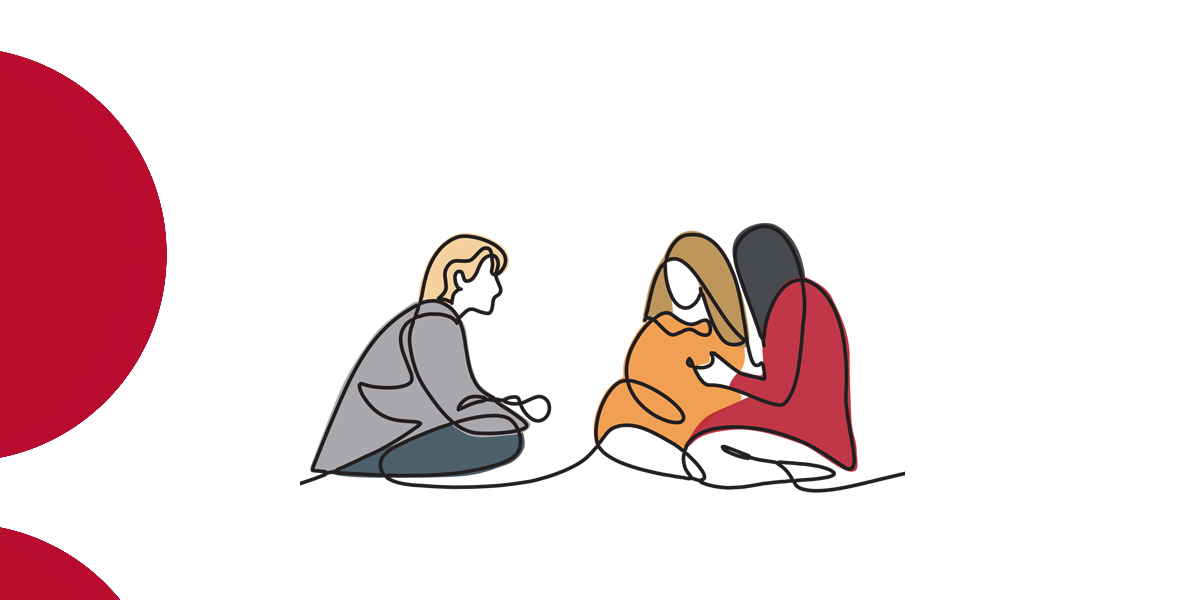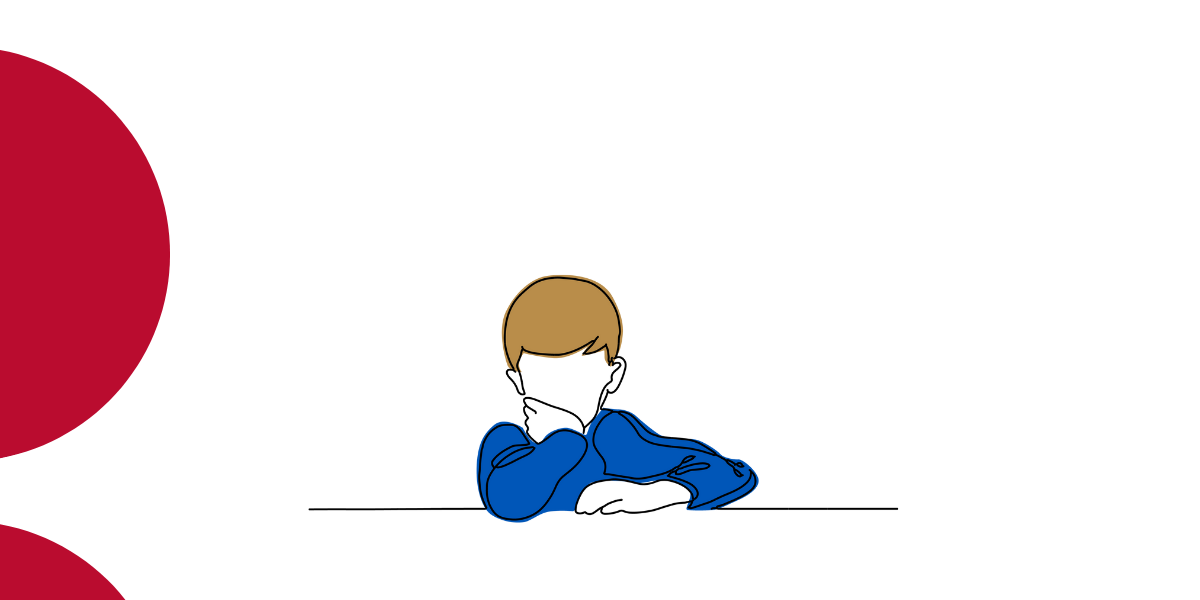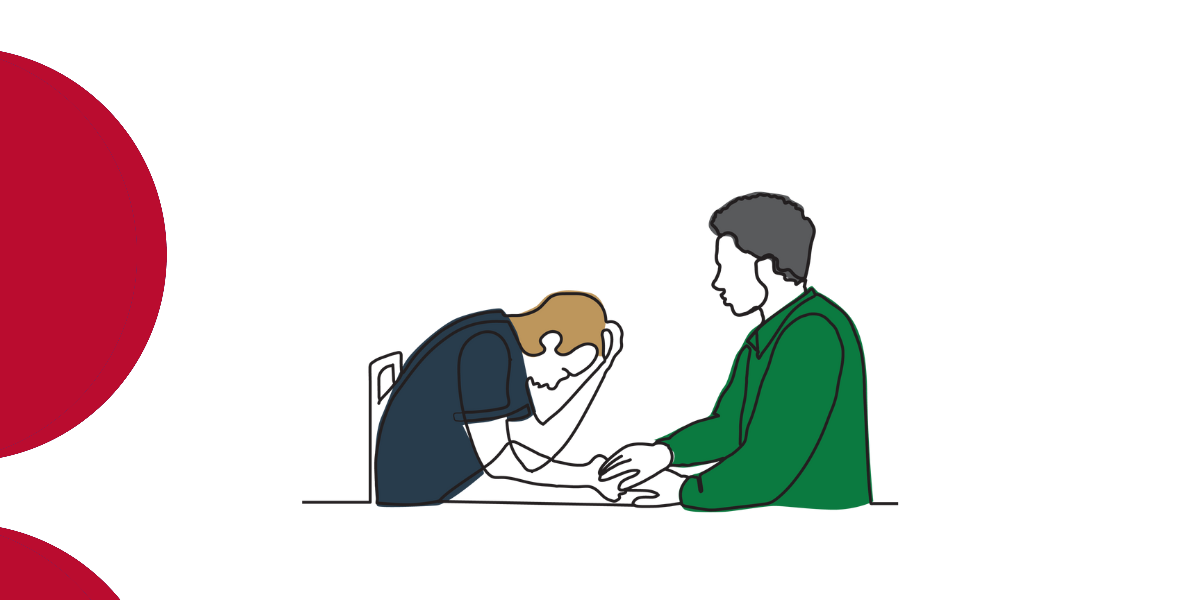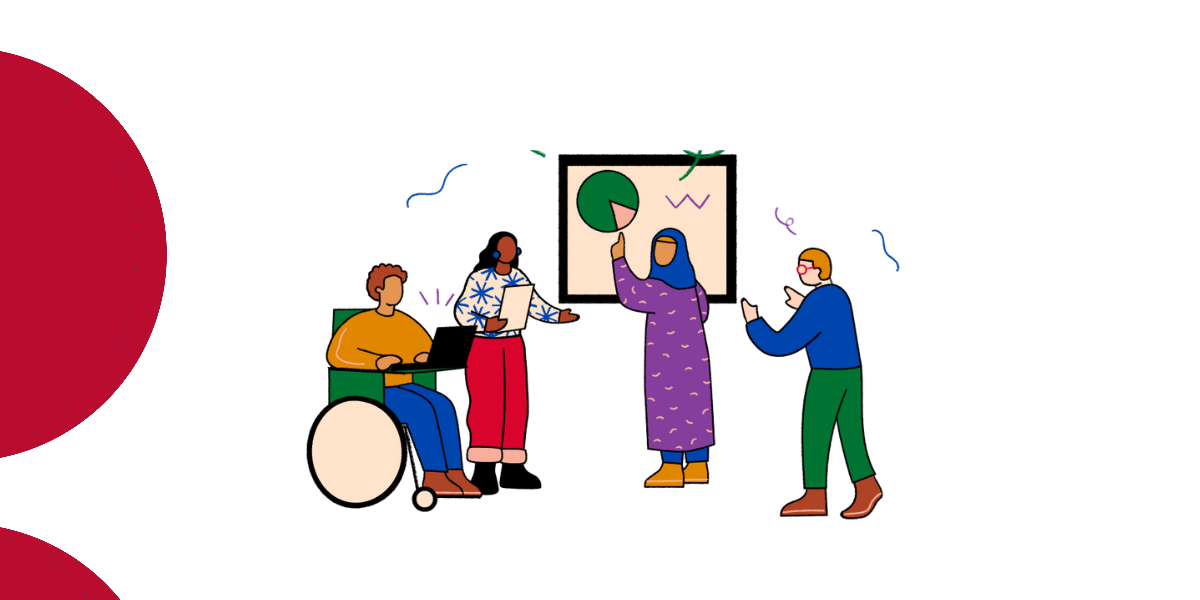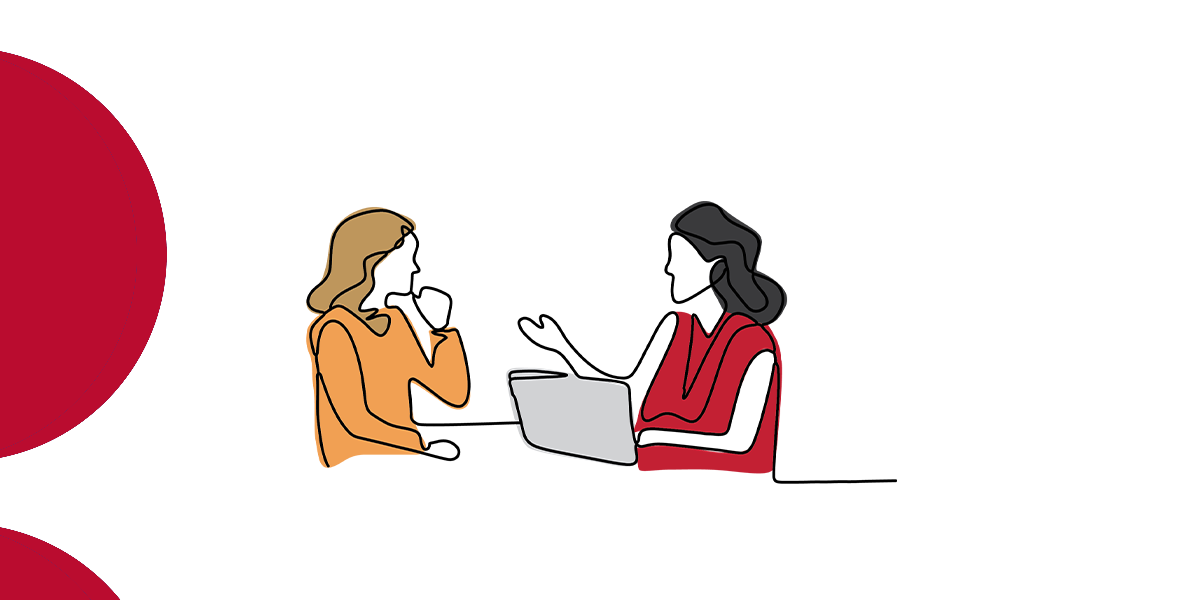Supporting children in out-of-home care to cope with ambiguous loss
Dec 2021
Written by Kenny Kor Jodie Park
When you think of grief and loss, what comes to your mind?
You may think of the immense sorrow one may experience. For some of us, we can seek solace and take comfort in mourning rituals. Our loved ones may help us come to terms with the loss and find strength to live with it.
Ambiguous loss
What if the loss is not definitive and is complicated by uncertainty and confusion? This type of loss has been defined by researchers as ‘ambiguous loss’. In her seminal work, Boss (1999) defines ambiguous loss as ‘the incomplete or uncertain loss’ (p. 3). She argues that ambiguous loss is the most traumatic kind of loss because it lacks finality and resolution (Boss, 1999). This makes it difficult for sufferers to make sense of the emotional experience and move forward, leaving them vulnerable to chronic psychological and relational difficulties (Boss, 1999).
People experience ambiguous loss in either or both of the following situations: the first situation involves a loved one being physically absent but psychologically present. In this type of ambiguous loss, the person does not know the whereabouts of their loved ones or whether they are alive or dead. For example, when a family member has gone missing. The second situation involves a loved one being physically present but psychologically absent. In this type of ambiguous loss, a family member appears ‘absent’ due to having lost the ability to communicate with their loved ones, for example, people with dementia (Boss, 1999).
Boss (1999) found that, unlike deaths, ambiguous loss is often unrecognised by others. Without official recognition and mourning rituals, the grief can also go unnoticed. Ambiguous loss can therefore leave people frozen in grief.
Ambiguous loss in out-of-home care
Since the emergence of ambiguous loss as an important consideration in the field of grief and loss, a small but growing body of research has shown that children and young people in out-of-home care also experience ambiguous loss. Before coming into care, children and young people suffering from emotional abuse and neglect may experience ambiguous loss because their parents are ‘physically present but psychologically absent’. Some children and young people have expressed feeling frighteningly alone and helpless when witnessing their parents’ struggles at home. While out-of-home care intends to provide healing to children and young people, ambiguous loss may linger because children and young people can often be pre-occupied with the absence of their parents, wondering how their parents are doing, and if they would ever live with them again. In this situation, parents have become ‘physically absent but psychologically present’ in children’s minds.
Ambiguous loss is particularly acute during placement transition. Mitchell, one of the leading researchers in the field of ambiguous loss in out-of-home care, has drawn on the voices of children to detail how abrupt, unclear and ill-prepared placement transitions exacerbate ambiguous loss. Children often have very little information and time to process why they are unable to live with their parents or why their current placement breaks down. This placement reason ambiguity (Mitchell, 2016) leaves children create their own interpretations and evaluations of what happened, which often leads to self-blame.
There is a lot of sense-making for children and young people to do when there is also a lack of clarity about the duration of the placement, with whom they will be placed, to which school they will go and how they will be supported to maintain social and cultural connections.
Children and young people in residential care have additional challenges in their sense-making. Unlike children in foster care where the adult carers are readily identifiable as ‘parental figures’, children and young people in residential care have to make sense of the care environment where different paid staff play the parenting role in their lives.
Children and young people who are placed separately from their siblings are confronted by the additional loss of their role in the sibling relationship. They need to tolerate the ambiguity in their role in relation to other children in the home and navigate the complex interpersonal dynamics this has created. These different ambiguities raise complex questions for children and young people in residential care, leaving them with a profound sense of confusion: who are these people looking after me? How should I call them? What do I tell people about them? Do I still have a family? Who are these other children? I am not the oldest child in this place, who am I?
What can we do to support children and young people?
Children and young people need support to cope with ambiguous loss. Acknowledging the loss is the first step. Mitchell (2016) found that ambiguous loss often leads to disenfranchised grief because the loss is either overlooked or trivialised. Children and young people generally express disenfranchised grief through what is often labelled as ‘challenging’ behaviours or emotions. Without recognising ambiguous loss as part of the root cause of these presentations means that children’s grief reactions are often managed through punitive or remedial responses. Ambiguous loss is a relational loss (Boss, 1999). Hence, healing takes place through relationship-based practice. This includes:
- Provide physical and emotional permanence. This means reducing placement disruptions and providing a stable and consistent care environment for children and young people to develop trusting relationships with carers and caseworkers.
- If change of placement is inevitable, the transition should involve at least one supportive adult with whom the child or young person is familiar.
- Reassure to children and young people that it is not their fault that they are in care or that the placement has ended and they need to be relocated.
- Any information that is shared with children and young people should always be based on the truth of the situation and shared in an age-appropriate manner.
- Provide children and young people with time and space to process information and ask questions. You may have to patiently repeat the same information over a long period of time for children and young people to evaluate and re-evaluate this information in their sense making.
- Reassure to children and young people that continuing efforts will be made to maintain their significant relationships.
- Provide support and resources to families including siblings to enable them to maintain regular and safe family contacts.
- If contacts with certain family members are not in the best interest of the child or young person, this should be communicated to them in an age-appropriate manner. Provide opportunities for them to ask questions and support them to safely express their feelings.
- Reassure to children and young people that while they are in care, for whatever duration that may be, the adults in the care system are invested in caring for and protecting them. They need to know that they are accepted and they are an important member in the home.
- Indigenous children and young people are cared for by Indigenous carers. Cultural safety and connection must be the priority.
Ambiguous loss is a chronic and distressing experience to endure because a clear resolution is not always obtainable. Children and young people cannot deal with it alone. Understanding ambiguous loss, acknowledging it and providing a therapeutic care environment to help children and young people move through their care journey in the physical absence of their loved ones is crucial to their coping and resilience.
Resources
Although much of the existing research on ambiguous loss in out-of-home care focused on foster care, the following resources are applicable to all care settings including therapeutic residential care.
Boss, P. (1999). Ambiguous loss: Learning to live with unresolved grief. Cambridge, MA: Harvard University Press.
Mitchell, M. B. (2016). The neglected transition: Building a relational home for children entering foster care. New York: Oxford University Press.
Mitchell, M.B., Kuczynski, L., Tubbs, C.Y., & Ross, C. (2010). We care about care: Advice by children in care for children in care, foster parents and child welfare workers about the transition into foster care. Child and Family Social Work, 15, 176- 185.
About the authors:
Kenny Kor is a social work lecturer at the University of Wollongong. Prior to his current role, he worked as a counsellor for young people in residential care who have done harmful sexual behaviour.
Jodie Park is an Accredited Mental Health Social Worker. Jodie has a private social work practice that specialises in working with children and adults who are connected to the child protection and/or out-of-home care system.
Kenny and Jodie are currently researching how out-of-home care caseworkers and carers can be better equipped to support children and young people to cope with ambiguous loss.








